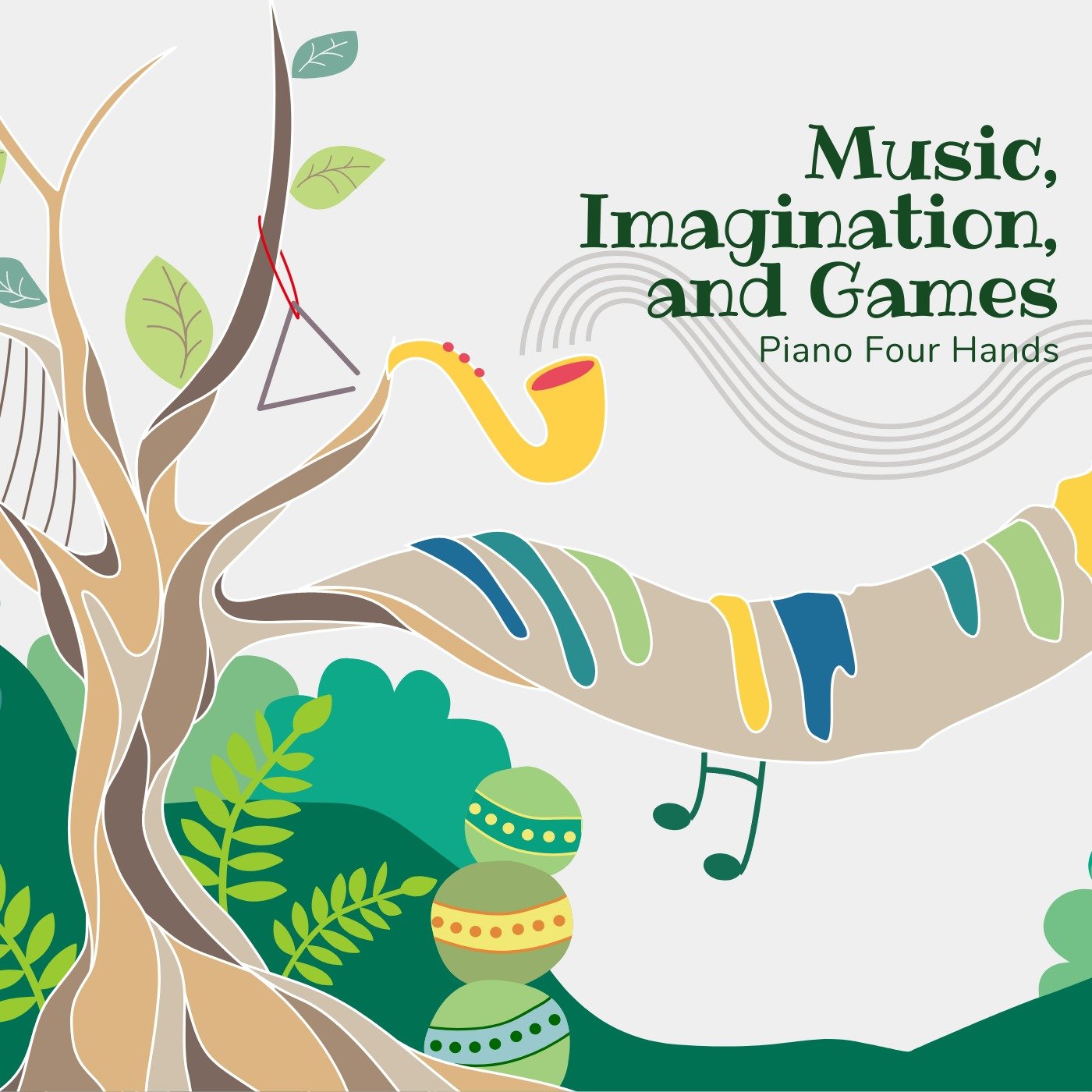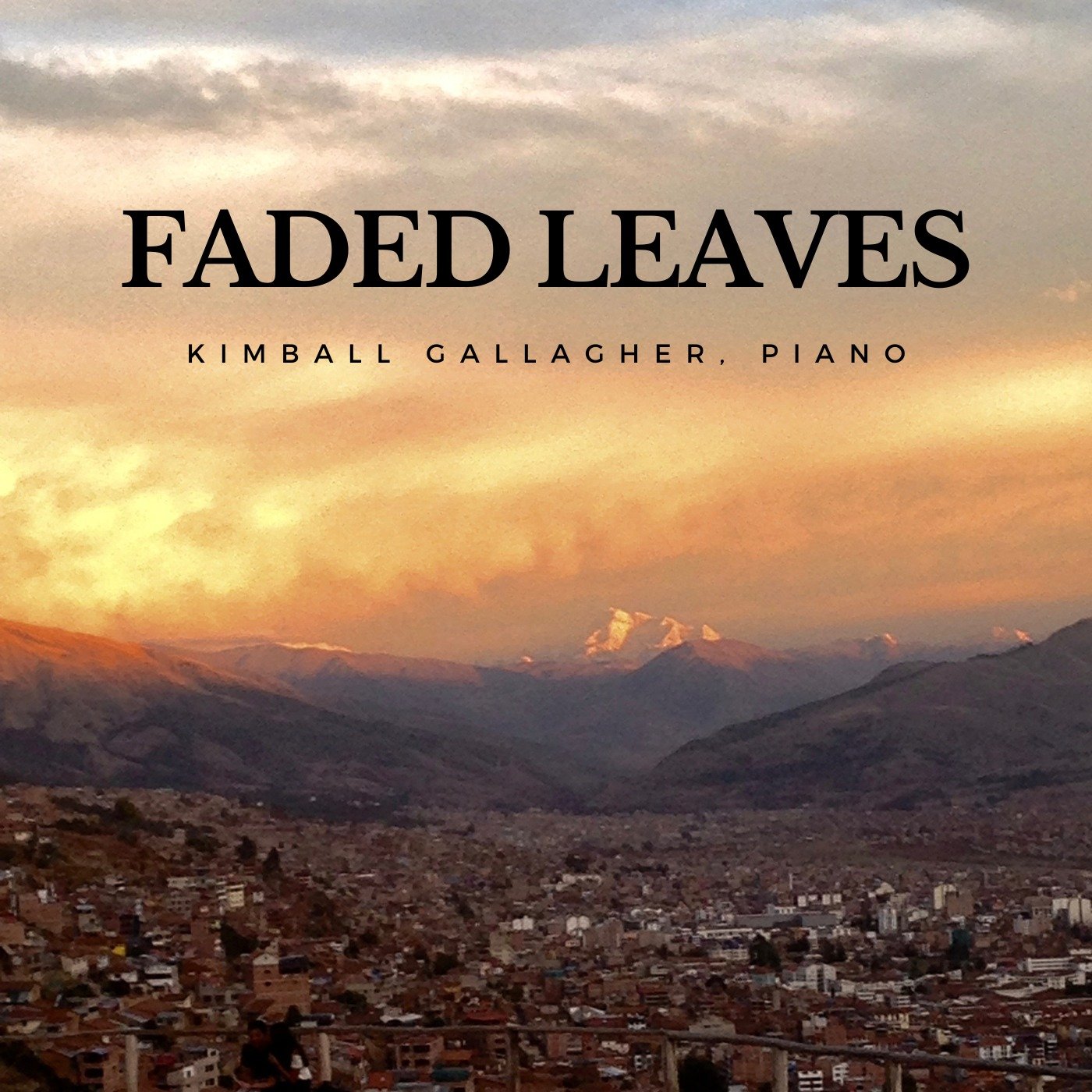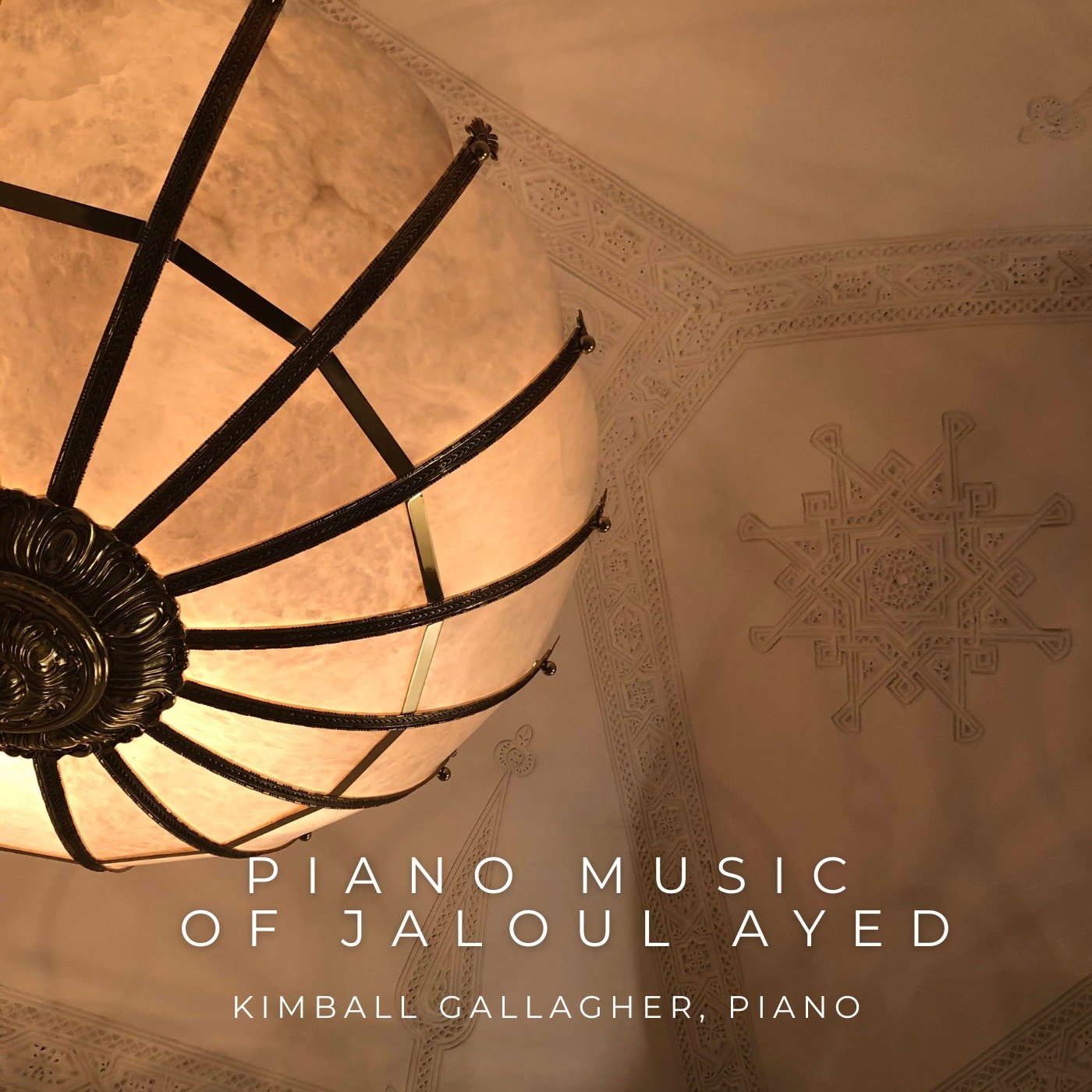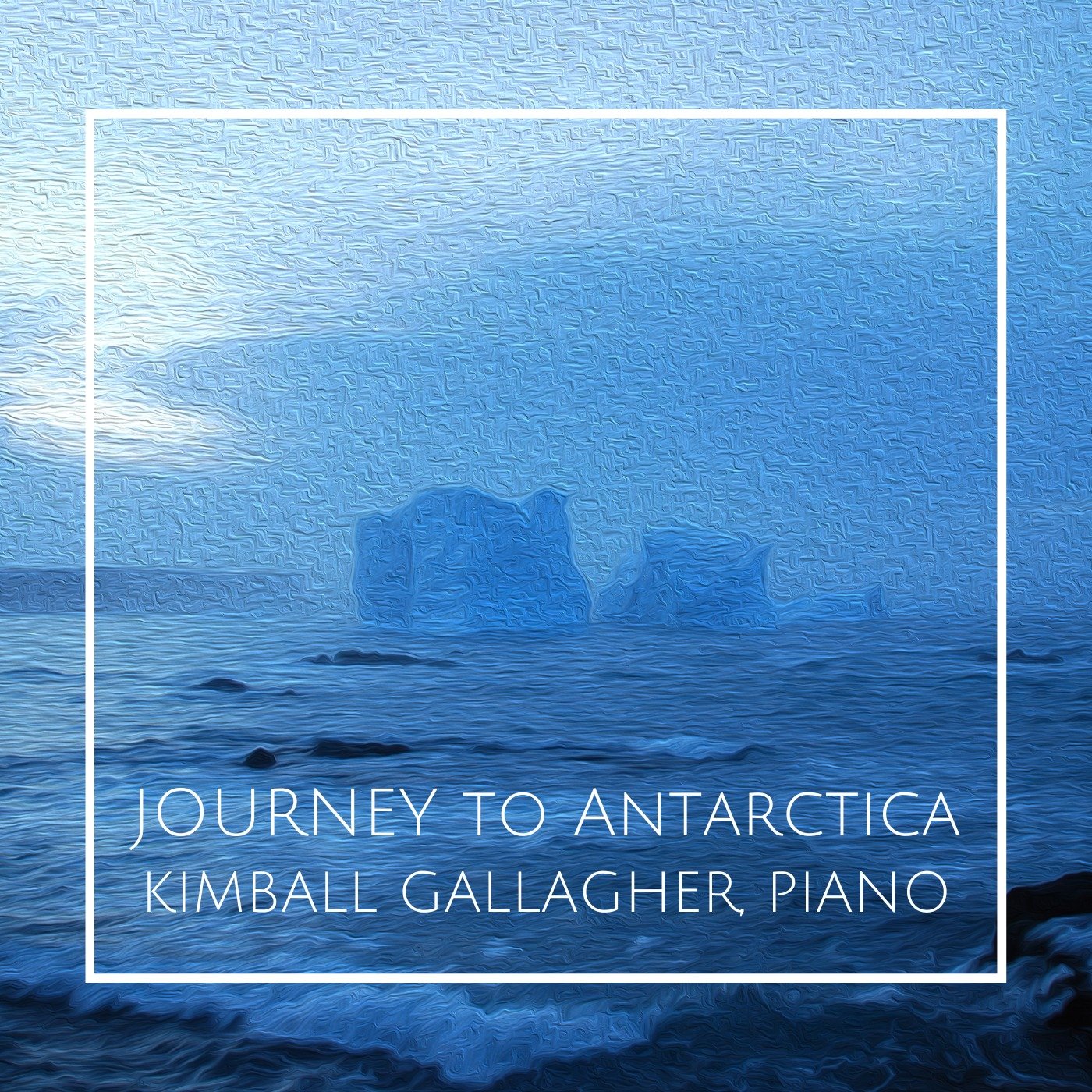Music, Imagination, and Games
About Music, Imagination, and Games
During my tours of Taiwan, the Taiwan88 tours, which have so far included over 120 elementary schools throughout Taiwan’s cities and countryside, we perform “Children’s Games” for over 25,000 children. These “Children’s Games” are musical representations of well-known games, all composed for piano 4-hands.
During the concerts we perform Georges Bizet’s delightful set of twelve Children’s Games. The games represented are all well known to children throughout the world: the Swing, the Spinning Top, Merry-Go-Round, Soap Bubbles and many more. Just before the performances, we show, on a big screen, images and the names of the different children’s games we are prepared to perform. We ask the children to read them outloud. Then, without informing the children, we select one of the games and perform it. Directly after the performance, we ask the children to guess which game the music was intended to represent. Sometimes, we have them vote by raising their hands, and other times we call on individual students. We find that Bizet’s Spinning Top and Doll can be easily distinguished from each other. The up-and-down movements of the Swing and the up-and-down movements of Merry-Go-Round, in the music and in real-life, are not quite the same, and so the children have strong feelings about the differences between them. Soap Bubbles is also easy to guess. Some of the other games are more elusive. The accuracy of the children’s replies and the image of groups of kids enthusiastically raising their hands never ceases to delight us.
After the success of these pieces, we felt inspired to create more Children’s Games, particularly by Taiwanese composers. In 2014, this led to the commissioning of composers Ming-Hsiu Yen and Kechia Chen by Taiwan88 with some support from the Taiwanese United Fund.
Ming-Hsiu Yen’s four intelligent and playful Children’s Games, called “Toy Kaleidoscope,” includes homages to composers Erik Satie, Claude Debussy, Sergei Prokofiev, and Nicolai Rimsky-Korsakov, bringing Bizet’s concept into four distinctly different stylistic worlds. We found that children loved these pieces and were able to correctly identify the composer’s intentions when we asked them to guess. For example, they could almost always distinguish between the hysterical Remote Control Cars and the contemplative Kite.
Kechia Chen’s games explore a more dissonant sound scape and a modern approach to the piano, often combining straight-forward musical representation with surreal musical moments where the games seem to be occurring in slow motion or in an otherwise altered manner. Both Sword Play and Hoop Rolling contain this combination of elements. In the case of Spinning Top, there is a reference to Bizet’s Spinning Top with the opening trill, but afterwards, Chen’s top splashes across the entire piano while Bizet’s remains more contained. Children easily understood the unmistakable Haunted House.
In Kimball Gallagher’s compositions, there are three different approaches to representing the games. In Jump Rope and Duck Duck Goose, I combine certain sound effects that mimic the sounds of the games, with nostalgic melodies, intended to evoke at once the games themselves along with a memory of playing the games. Jump Rope contains a group of repeated grace notes evoking the sound of the rope swiping against the ground over and over with a constant rhythm. Duck Duck Goose alternates between the slow and steady ‘Duck-Duck’ part of the game with fast sections evoking the chase that starts after the players hear “Goose!” Kids easily guess Jump Rope and Duck Duck Goose.
In Catch, the two pianists play a reimagined version of the game catch, acted out on the piano. The pianists “toss” the notes back and forth at first and eventually multiple games of catch begin. Hide and Go Seek is a game that is largely played in silence and the music contains a wide variety of silences suggesting searching. These two pieces of music are slightly less intuitive for children to guess.
Kaiyin Huang’s arrangements of Hiro G.’s appealing melodies bring a more popular music angle to the games concept. The pentatonic melody and simple accompaniment of Row Boat depict a small boat on a peaceful lake surrounded by beautiful scenery. Butterfly depicts a butterfly emerging from a chrysalis while the hands keep crossing over each other depicting the flight of the butterfly. Catch the Eel brings a lively, charming virtuosity to this set.
Ming-Hsiu Yen’s title for her set of four games, Toy Kaleidoscope can be equally applied to this entire volume of 16 games, all composed for 4-hands piano in a wide variety of styles, all representing different children’s games. These pieces support the purpose of Taiwan88: to bring joy and engagement in music to elementary school audiences while inspiring performing artists and teachers to find fresh ways of approaching their teaching and engaging their students.












